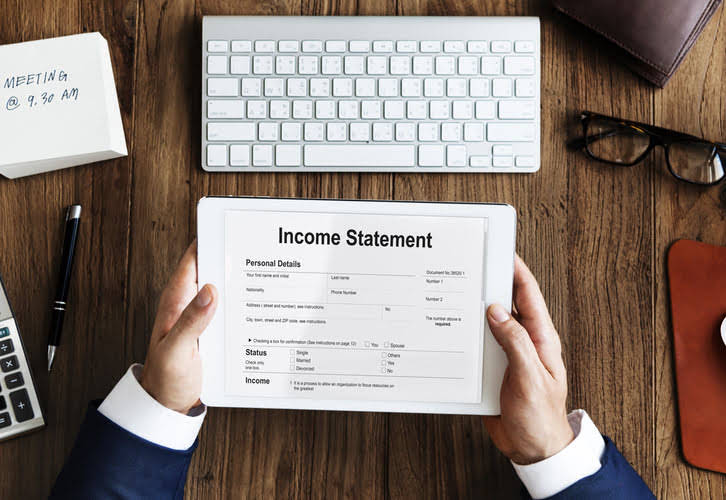
You can use three methods to calculate an appropriate allowance for doubtful accounts. Each of these methods suits different contra asset account businesses and one is not necessarily better than the other. Unlike the percentage of sales method, this approach factors in both payment due dates and the duration for which they’ve been pending. Days Sales Outstanding (DSO) is used with windows, like 0-30 days, days, and days, are considered. Now, let’s dive deeper into how allowance for uncollectible accounts works with a practical example.
- The answer is we use an accounting estimate to get the estimated amount for recording.
- The longer a given account remains in delinquency, the more likely it is that it’ll fall into doubtful accounts receivable.
- Bad debt is the expense account, which will show in the operating expense of the income statement.
- The related income statement account could have the title of Uncollectible Accounts Expense, Doubtful Accounts Expense, etc.
- The financial statements are viewed by investors and potential investors, and they need to be reliable and possess integrity.
- As well, customers in any risk category can change their behavior and start or stop paying their invoices.
Data Sheets

This is where a company will calculate the allowance for doubtful accounts based on defaults in the past. To do this, a company should go back five years, and figure out for every year the percentage of unpaid accounts. They can do this by looking at allowance for doubtful accounts normal balance the total sales amounts for each year, and total unpaid invoices. By estimating the expected uncollectible debts and creating an allowance for them, you can minimize the risk of significant losses arising from bad debts and ensure accurate financial statements. Ideally, you’d want 100% of your invoices paid, but unfortunately, it doesn’t always work out that way. Assuming some of your customer credit balances will go unpaid, how do you determine what is a reasonable allowance for doubtful accounts?

Balance Sheet
- Bad debt expense also helps companies identify which customers default on payments more often than others.
- The companies that qualify for this exemption, however, are typically small and not major participants in the credit market.
- Especially since the debt is now being reported in an accounting period later than the revenue it was meant to offset.
- To protect your business, you can create an allowance for doubtful accounts.
- As a result, CFOs can project cash flow and working capital more accurately.
- Also, in the example above, we make the journal entry for allowance for doubtful accounts by directly recording the amount (e.g. $300) that we get from the estimation to be the allowance for doubtful accounts.
The customer has $5,000 in unpaid invoices, so its allowance for doubtful accounts is $500, or $5,000 x 10%. In the first entry, we debited bad debt account because bad debt is an expense. As per the rule of accounting, if an expense increases, we debit that account; that’s why bad debt is debited. And similarly, we follow the same accounting rule here by crediting the allowance for doubtful debts account.

Historical Percentage (Or Aging) Method

For example, a category might consist of accounts receivable that is 0–30 days past due and is assigned an uncollectible percentage of 6%. Another category might be 31–60 days past due and is assigned an uncollectible percentage of 15%. All categories of estimated uncollectible amounts are summed to https://www.bookstime.com/ get a total estimated uncollectible balance.

Likewise, under the matching principle of accounting, these losses should be recognized and recorded at the same accounting period that the credit sales are made. This way, the losses or expenses will match with the revenues that the credit sales generate for the business. The balance in the account Allowance for Doubtful Accounts should be the estimated amount of the company’s receivables that will not be turning to cash.
